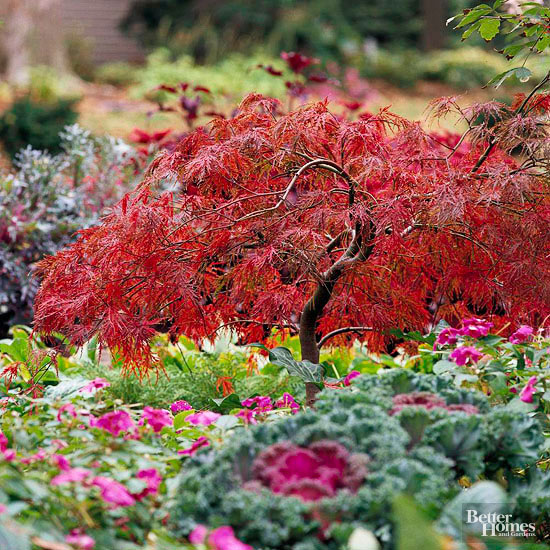Eric Tetler serves as president and CEO of Windfield Alloy, a New Hampshire company that offers a range of recycling solutions and environmental services. In his leisure time, Eric Tetler enjoys outdoor activities such as landscaping.
Japanese Maples can be a wonderful addition to anyone’s home landscape. There are certain things to keep in mind, however, when planting and caring for them. Below are the four most important things Japanese Maple owners must do in order to maintain healthy trees.
When planting a Japanese Maple, it is vital to ensure that the tree has adequate afternoon shade. While the tree does require some afternoon sun to provide color to its leaves, the foliage can become dried out and damage in the summer months due to increased sun exposure. For those with Japanese Maples already planted that are experiencing this problem, it’s okay to dig them up and move them to a more suitable location.
Because Japanese Maples are fragile, they require protection from the wind. If left without adequate blockage, they can quickly dry out, leaving branches and foliage quite brittle. While the tree does not require complete enclosure, at least some wind protection is highly recommended.
The soil in which a Japanese Maple rests should be regularly damp, but drained properly as well. There aren’t any major pH considerations for this tree’s soil bed, as it can grow in acidic, neutral, or even slightly alkaline conditions. The most important thing is to keep the soil moist and drained on a consistent basis, and free of high salt content.
Frosts are common in the late spring. Japanese Maples require protection from them, as this is the time of year when they are most vulnerable. If frosts appear in the spring forecast, be sure to cover the trees.
